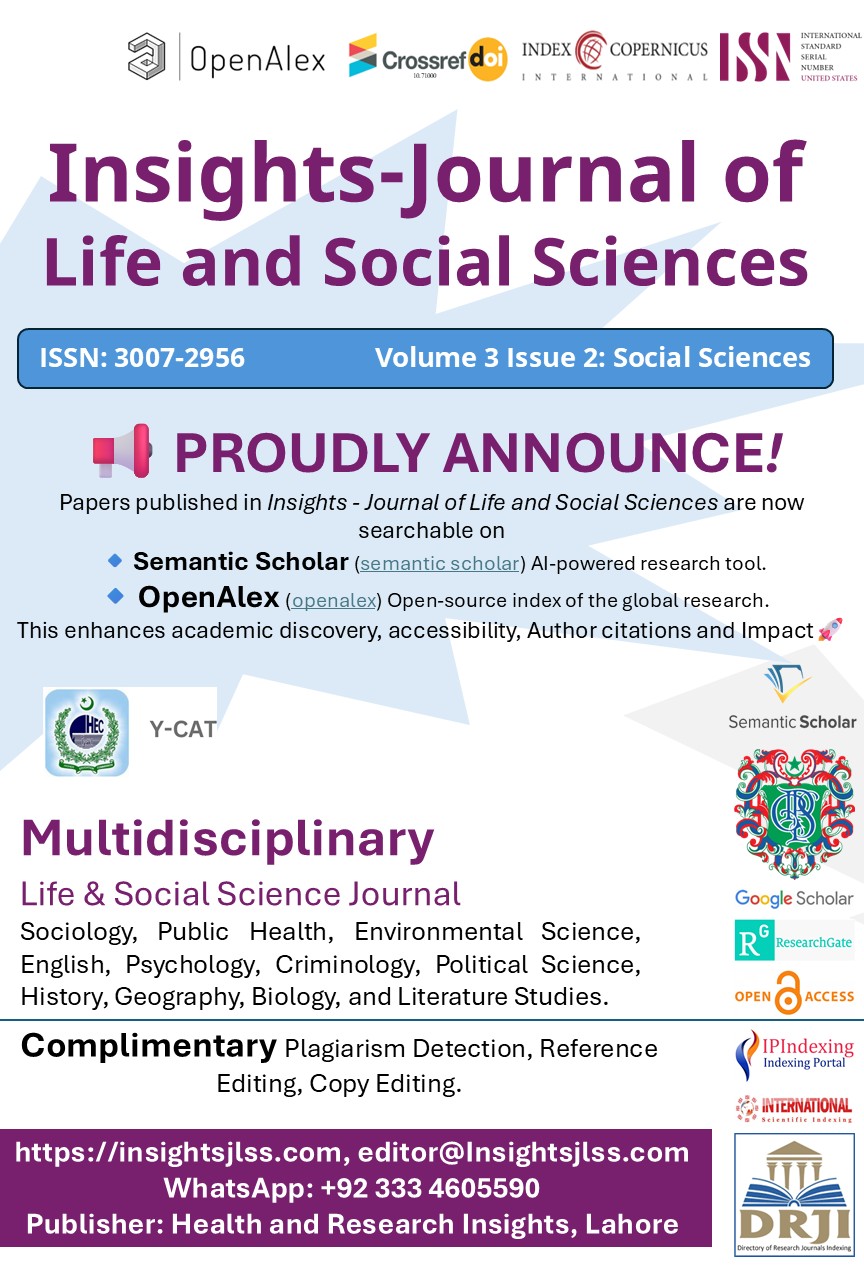ROLE OF ALOE VERA IN DENTISTRY: NARRATIVE LITERATURE REVIEW
Main Article Content
Abstract
Background: Aloe vera (Aloe barbadensis miller) is a well-known medicinal plant with diverse pharmacological properties, including antibacterial, antifungal, antiviral, anti-inflammatory, and wound-healing effects. Its use in dentistry has gained significant attention due to the increasing interest in natural and biocompatible alternatives to synthetic agents. Aloe vera gel is rich in essential vitamins, minerals, enzymes, and amino acids that contribute to its therapeutic benefits, making it a promising adjunct in dental care.
Objective: This narrative review aims to explore the applications of Aloe vera in various branches of dentistry, evaluate its clinical efficacy, and discuss limitations in the current body of evidence while suggesting directions for future research.
Main Discussion Points: The review synthesizes literature on Aloe vera’s role in oral medicine, periodontology, oral and maxillofacial surgery, prosthodontics, endodontics, pediatric dentistry, and cross-infection control. Clinical findings indicate Aloe vera’s effectiveness in treating oral lichen planus, aphthous ulcers, gingivitis, alveolar osteitis, denture-related infections, and as an intracanal medicament. However, variability in formulations, small sample sizes, and inconsistent methodologies across studies limit definitive conclusions. Critical analysis reveals gaps in standardization and long-term efficacy data.
Conclusion: Aloe vera holds significant potential as a natural adjunctive agent in dentistry, with benefits across a range of clinical applications. While preliminary evidence is promising, further high-quality randomized controlled trials are essential to validate its effectiveness and inform standardized clinical guidelines.
Article Details

This work is licensed under a Creative Commons Attribution-NonCommercial-NoDerivatives 4.0 International License.
